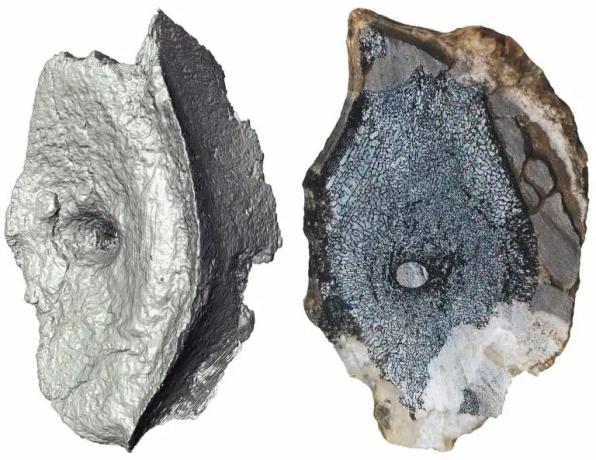It is a fact that researchers are constantly looking for animals that have existed for years. Among many, we can highlight the ichthyosaurs, whose scientific name means “lizard fish” and which dominated the seas as super predators 252 million years ago. After exploring a remote Arctic island, scientists have found the world's oldest ichthyosaur.
Ichthyosaurs cause surprising discoveries for scientists
see more
MCTI announces the opening of 814 vacancies for the next portfolio contest
The end of it all: scientists confirm date of when sun will explode and…
After scientists from Sweden and Norway shared the discovery, the find was described in the scientific journal Current Biology and also involved a bit of geological development.

What do you know about ichthyosaurs?
One of the main things that is known is that they were the first creatures to leave the land and adapt to life in the open sea. Theories claim that, after the Permian period, land reptiles approached the sea to take advantage of marine prey.
Over time, they became amphibious and became more and more efficient at sea. Their paws gave way to flippers, and then they began to resemble fish.
In a 2014 expedition, scientists sent concretions from the Flower Valley to the Natural History Museum at the University of Oslo. After several analyses, it was concluded that they were fossils of bony fish and amphibian bones similar to those of a crocodile.
Revolution in the evolution of reptiles
The vertebrae are from ichthyosaurs, not an amphibious ancestor of the animals. Geologically, they are similar to species with larger bodies. In addition, it was possible to study adaptive milestones of accelerated growth, high metabolism and a very oceanic lifestyle.
Studies reveal that the origin and diversification of ichthyosaurs predates the beginning of the Mesozoic era. People's view that the Age of Dinosaurs was an emergency for all reptiles has been challenged due to the emergence of some groups before this geological milestone.
Scientists are on the hunt for more ancient rocks with ancient secrets, both on Spitsbergen and around the world.
